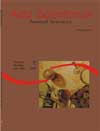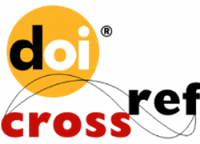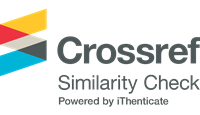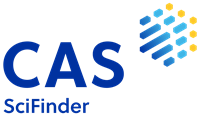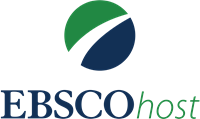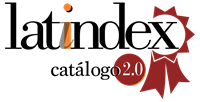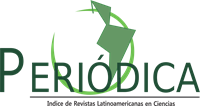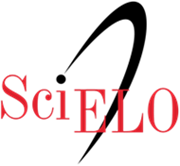<b>Supplementation with DL-α tocopheryl acetate and parasitism by <em>Anacanthorus penilabiatus</em> (Monogenea: Dactylogyridae) in <em>Piaractus mesopotamicus</em> (Osteichthyes: Characidae)</b> - DOI: 10.4025/actascianimsci.v27i1.1244
Abstract
The rates of Anacanthorus penilabiatus parasitism were investigated in 126 pacus, (Piaractus mesopotamicus) -with initial weight of 95.71 ± 24.23 g and final weight of 155.76 ± 28.62 g, from the same spawn and naturally infested. Fishes were randomly distributed among three groups of 42 animals each and submitted to treatment with 0, 100 and 450 mg of DL-α tocopheryl acetate/Kg of dry diet, fed twice a day during 18 weeks. The gills were evaluated according to the presence of parasites and collected blood samples. Although 100% of pacus examined were parasited, the results did not show statistical difference (P > 0.05) for parasite counting among the groups treated. Therefore, fish supplemented with vitamin E demonstrated lower parasites counts. In the same way, fish fed with low rates of vitamin E did not differ statistically (P > 0.05) to erythrocyte counts, hematocrit and average corpuscular volume when compared to the pacus supplemented with 100 and 450 mg of DL-α tocopheryl acetate. Dietary supplementation with vitamin E did not affect the pacus growth ratesDownloads
Download data is not yet available.
Published
2008-03-20
How to Cite
Belo, M. A. de A., Fenerick Júnior, J., Soares, V. E., & Moraes, F. R. de. (2008). <b>Supplementation with DL-α tocopheryl acetate and parasitism by <em>Anacanthorus penilabiatus</em> (Monogenea: Dactylogyridae) in <em>Piaractus mesopotamicus</em> (Osteichthyes: Characidae)</b> - DOI: 10.4025/actascianimsci.v27i1.1244. Acta Scientiarum. Animal Sciences, 27(1), 73-79. https://doi.org/10.4025/actascianimsci.v27i1.1244
Issue
Section
Nonruminant Nutrition
DECLARATION OF ORIGINALITY AND COPYRIGHTS
- I Declare that current article is original and has not been submitted for publication, in part or in whole, to any other national or international journal.
The copyrights belong exclusively to the authors. Published content is licensed under Creative Commons Attribution 4.0 (CC BY 4.0) guidelines, which allows sharing (copy and distribution of the material in any medium or format) and adaptation (remix, transform, and build upon the material) for any purpose, even commercially, under the terms of attribution.
Read this link for further information on how to use CC BY 4.0 properly.
0.9
2019CiteScore
29th percentile
Powered by 




